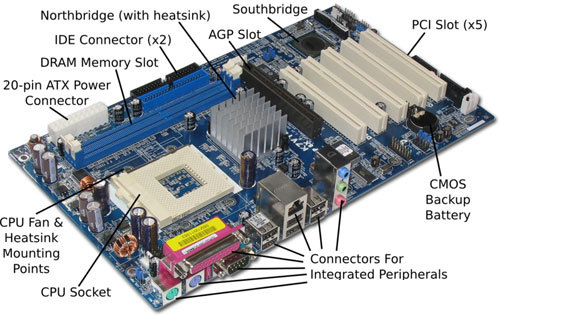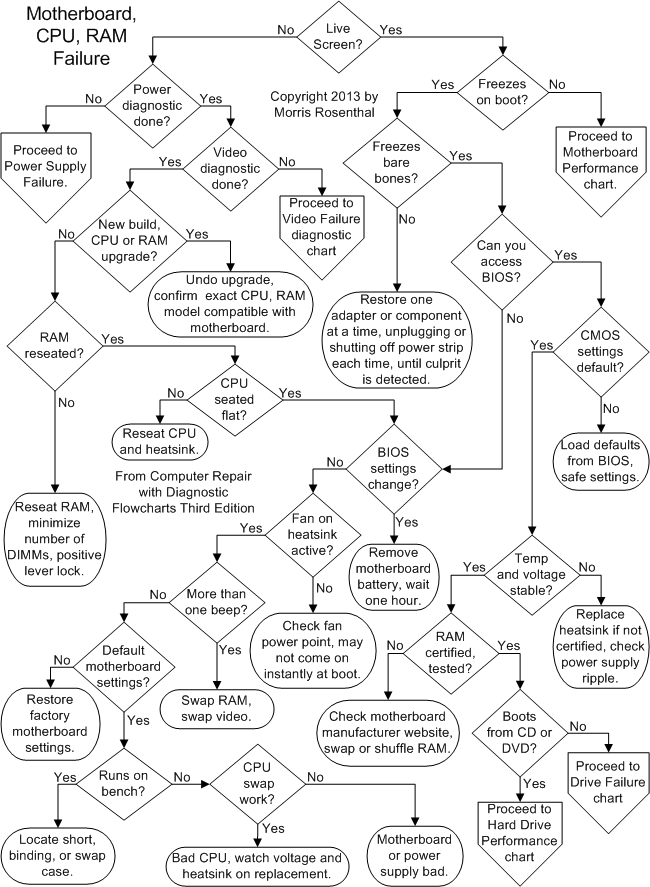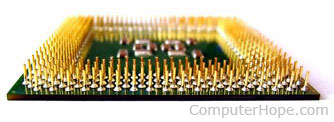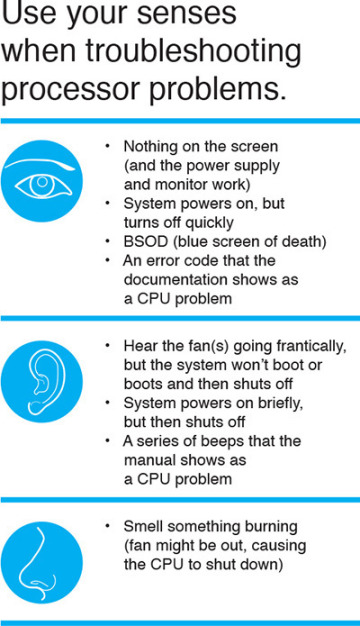Exemplary Tips About How To Diagnose Cpu Problems
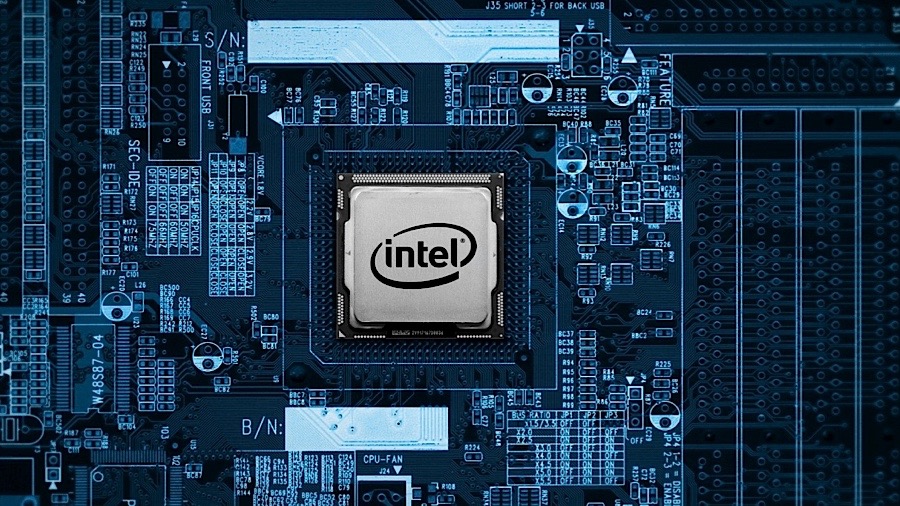
Virus scanners and spyware detectors are some of the most important tools available for troubleshooting and diagnosis of computer problems.
How to diagnose cpu problems. Some users will have to select system and security, and then select system. You can tune the settings for automatic cpu diagnostics to better suit your needs: Then, choose your processor and click bench cpu and stress cpu to test its.
This is all the free software i use to fix any compu. Skip to the bench tab. An easy way to check this is to use the task.
Replace the power cable of. If this test happens to encounter any problems in. This problem becomes more stressful when you are working on an important deadline work.
Use the motherboard monitoring program, or reboot the system, run bios setup, and view the temperature and fan. If a system is choppy it is good practice to see if a program is consuming more resources than the computer can provide. How do i know if my cpu is working properly?
For the cpu, a visual check requires you to remove the cpu from the computer. What to know go to settings > update & security > troubleshoot (windows 10) or start > settings > system > troubleshoot (windows 11). Keep an eye on processor temperature.
So, i have a 3 year old computer i built myself, and for about the last 6 months i'm having some problems, and what really grinds my gears is that i have no idea how to diagnose. Every computer at its startup runs a self test known as post. It is important to keep the computer.
To test your ram, search for windows. How do you diagnose a cpu problem? This test verifies if all the pc components are functioning properly.
Collect a wpr log while the problem is occurring. Cores and threads are also related to the cpu performance. Sometimes we faced some performance issues on the computer.
Check the top of each capacitor to see if it's bulging or leaking, which is an indication the capacitor is blown. If there is a bent. Run procdump two times during reported high cpu usage.
If you find any bulging or blown capacitors, that's very likely. If your pc’s extension cord, power outlet, and other connections are working fine, then the problem may be with the pc’s power cable. Once the cpu is removed, check for bent pins on the side that is.





